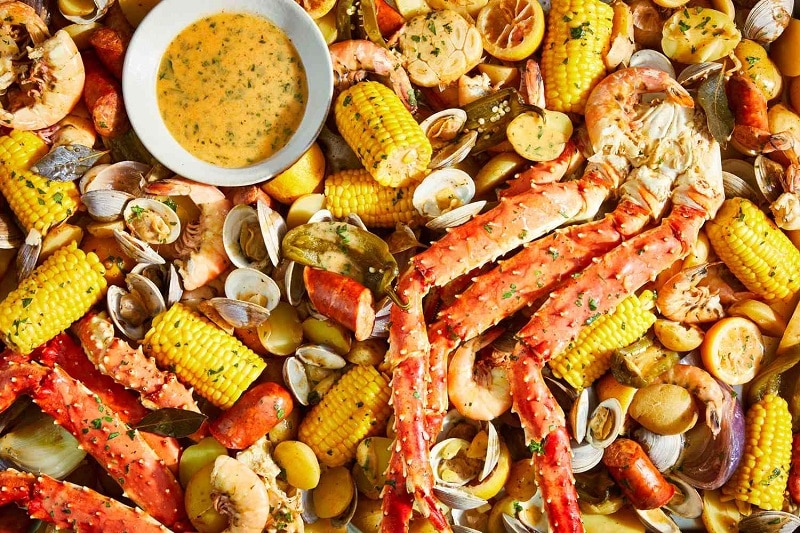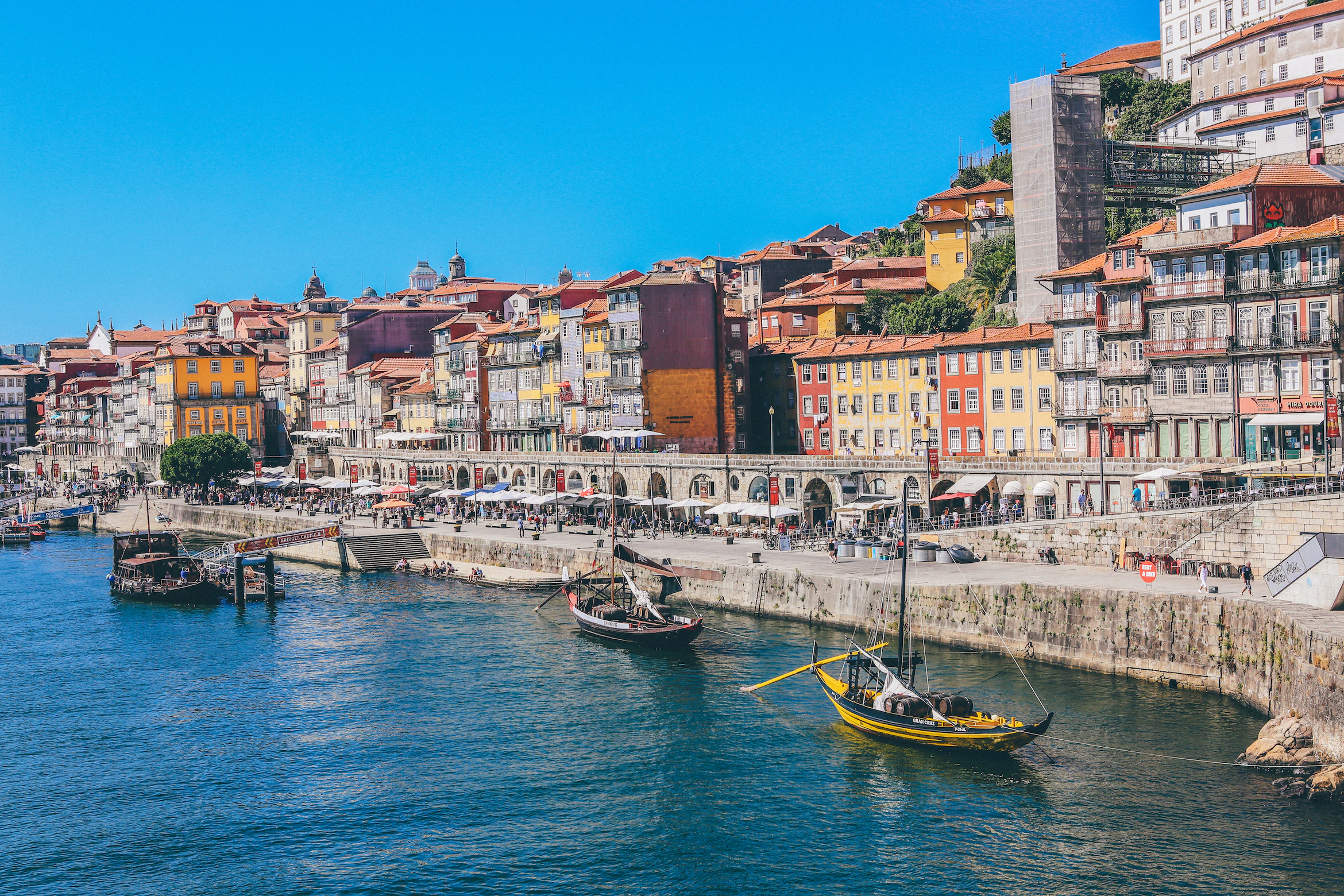Visiting Asia? Here are a few scrumptious seafood delicacies
The term “seafood” refers to any marine organism consumed by humans as a source of nutrition. The most common types of seafood are fish and shellfish, but seafood also includes crustaceans and echinoderms. In Asia, a lot of emphasis is placed on seafood. You may indulge in a wide variety of mouth-watering seafood dishes, each traditionally associated with a particular nation’s cuisine.
These Asian seafood dishes are incredible, and you are going to love tasting every one of them. Most seafood is an excellent source of omega-3 fatty acids known to benefit the cardiovascular system. Therefore, not only are they delectable, but they are also beneficial to your health.
If you are seeking an unforgettable seafood experience, you should read this article since it lists the ten types of seafood considered to be the greatest in Asia. There is something for everyone, from the Fish Ball served in Chaoshan, China, to the Gejang served in South Korea.
China’s Fish Ball Dishes, Chaoshan
Fishball is one of the most well-liked dishes on restaurant menus in Southern China, Hong Kong, and Macau. The cuisine, which has its roots in the Chaoshan district of eastern Guangdong, consists of ball-shaped patties cooked with finely crushed fish flesh, also known as surimi. It was named after the city of Chaoshan.
Fish balls are often served as an appetizer or the main course when they are eaten. In Hong Kong, there are two variations of the dish: one is more significant, white, and made with fish flesh that is more costly, while the other is smaller, yellow, and prepared with shark meat that is served on skewers. Both versions are available for purchase.
Tendon, Japan
This traditional Japanese one-bowl meal comprises battered, deep-fried fish or vegetables served on top of freshly steamed rice. The term tendon comes from the fact that this dish is an excellent blend of tempura and donburi.
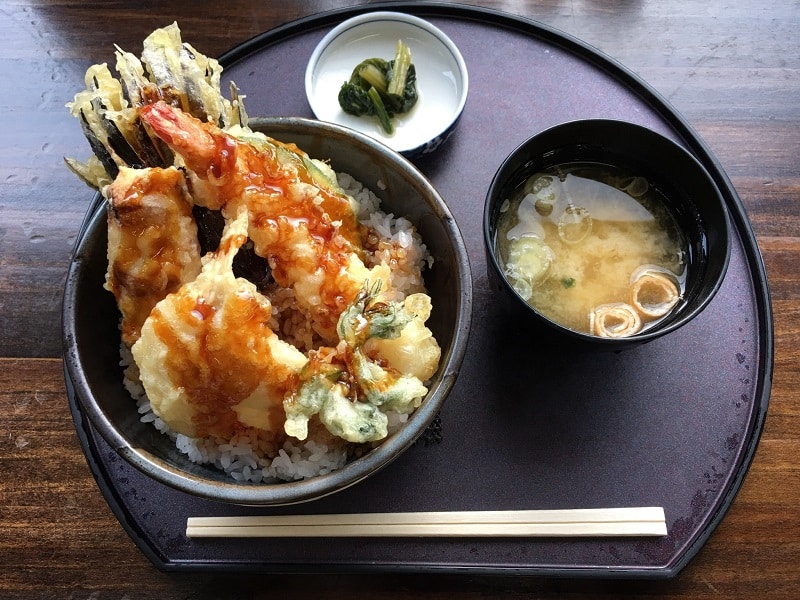
The most common tendon components are shrimp, known as Ebi, and eggplant from Japan, known as Nasu. However, you may also use other vegetables, such as daikon radish and kabocha squash. The umami-rich tentsuyu, a savory tempura sauce prepared with dashi soup stock and a blend of soy sauce, mirin, and sugar called kaeshi, is often drizzled over tendon before serving.
Alternatively, you want to make your tendon bowl seem even more delicious. In that case, the tempura pieces may be individually dipped in any sauce based on dashi or soy before being laid in an orderly fashion on top of a steaming hotbed. Dishes with tendon are most often consumed in Japan during the midday hours or later in the evening when a lighter meal is desired.
Chilli Crab, Singapore
Chilli crab is one of the many dishes that originated as a simple street food item in Asia. Still, it eventually gained such widespread popularity that it is now considered Singapore’s national dish. Other dishes in Asia followed a similar path. The dish consists of a crab that has been stir-fried and then covered in a savory, spicy sauce.
The tale of how chili crab first came into existence is a well-known anecdote. Chilli crab was first created in the 1950s by Cher Yam Tian, who wanted to modify her stir-fried crab recipe by including bottled chili sauce. She came up with the idea. Because the end product was so mouthwatering, her family persuaded her to start selling the dish. This is how chili crab started on the path to becoming Singapore’s national dish.
The dish can be found on the menus of many restaurants around the nation, and because the crab meat is presented in its shell, eating chili crab provides a one-of-a-kind dining experience. The guests must use their bare hands to break apart the crab shells to access the succulent crab flesh concealed inside.
To make the process more manageable, mallets or nutcrackers are often used. Bread is typically served alongside the crab, and the primary purpose of the bread is to sop up the delicious spicy gravy that comes with the crab.
Maeuntang, Korea
Fish from either freshwater or saltwater, such as red snapper, pollock, cod, monkfish, or sea bass, are typically used to make the spicy stew known as maeutang, which is traditional in Korean cuisine. Following custom, the dish is made with the entirety of a fish, including the head and the bones.
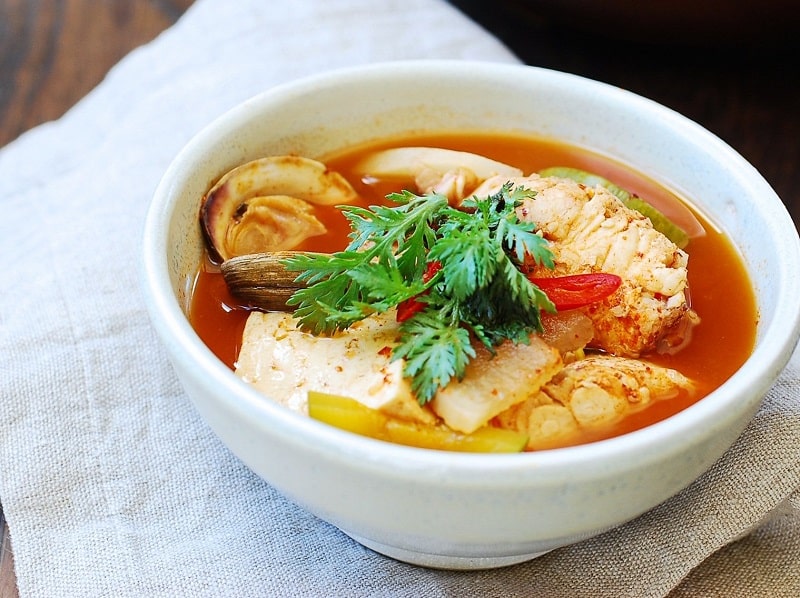
After being cut into pieces, the fish simmered in a broth with anchovies alongside vegetables and occasionally tofu. The dish is typically spiced with gochujang chili paste and chili pepper flakes. When dining at certain establishments, patrons are frequently allowed to select the fish from the aquarium that will be used to prepare their stew.
Even though the word maeuntang only roughly translates to “spicy stew,” it is typically used to refer to this particular maeuntang made with fish. The traditional Korean liquor known as soju is the ideal beverage choice for pairing with this rich and spicy stew.
Gejang South Korea
Crabs are the main ingredient in the traditional Korean cuisine known as gejang, which is marinated. The traditional marinade is typically made with soy sauce and referred to as gejang gejang; its spicier counterpart is yangnyeomgejang. Both of these marinades go by the name gejang gejang.
Crabs that have been marinated are guaranteed to remain alive throughout the process. For this dish, it is best to use female crabs because their abdomens are typically stuffed with roe. Rice is often provided on the side when the meal is served in conventional restaurants.
Malabar Fish Curry, Kerala, India
Fish curry is a popular cuisine in Malabar, located in Kerala. Malabar fish curry is also known as Kerala fish curry. Fish such as seer, sea bass, tilapia, or sardines are often included in traditional curry. Some of the other components are onions, tomatoes, hot chili peppers, chili powder, curry leaves, coriander, turmeric, garlic, fenugreek, tamarind, oil, and coconut milk.
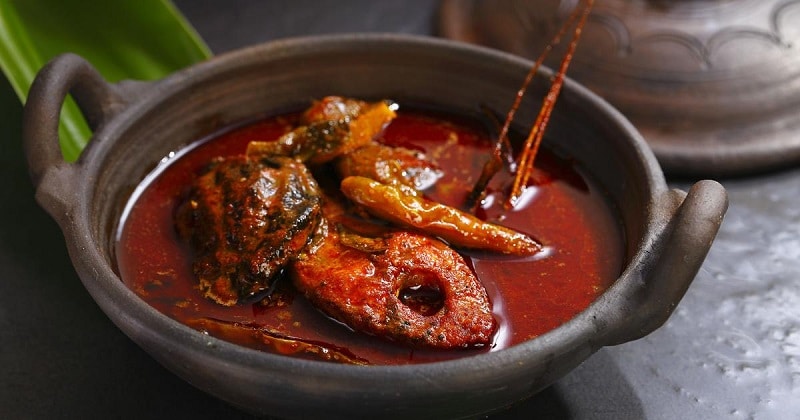
The thick smoothness of the curry comes from the coconut milk, spiced with deep and earthy Indian spices like fried curry leaves and tamarind. After incorporating the fish into the simmering curry sauce, which had previously been brought to a boil, the cooking process is completed. When ready, this fish curry is traditionally served to steam hot alongside a bowl of basmati rice and naan bread on the side.
Sashimi, Japan
Sashimi is a traditional Japanese seafood that consists of raw fish or shellfish (or even beef) that has been sliced very thinly and is served with soy sauce as well as additional seasonings such as wasabi or ginger paste. Tuna, squid, scallops, whale, and octopus are the five ingredients utilized most frequently in the cooking process of sashimi.
It is possible to slice sashimi in various ways, ranging from extremely thin to very thick slices of fish, to achieve various visually appealing results. In most restaurants, it is presented as an appetizer and is garnished with shiso leaves, cucumbers, and seaweed (wakame and tosaka-nori).
It is considered unlucky in Japan to have an even number of components in a dish, which is why it is customary to serve sashimi on a plate known as mukozuke with an odd number of pieces rather than an even number. Sashimi and sushi are frequently confused with one another. Sushi is a dish made with raw fish and rice seasoned with vinegar.
Both sashimi and sushi can trace their roots back to Southeast Asia, where they were first prepared around the same time in the eighth century. Sashimi and sushi also have a similar origin story.
Daing, Philippines
The term “daing” originates from the Philippines and can refer to various marinated or salted sun-dried fish. Daing can be made with many different kinds of fish, each of which may have a distinct texture and moisture level depending on where it is made and how it is made.

Fish that has been pickled or dried is frequently used in Filipino cooking. It can be an ingredient, a side dish, a topping, or a condiment that adds flavor to various dishes that have been stewed or stir-fried.
Although it was initially developed as a method of food preservation, today, it is produced in many traditional Filipino households. It can be bought in a significant number of markets all over the country.
Oyster Omelet, Fujian, China
The city of Chaozhou (Teochew) and the region of Fujian in China are credited to be the birthplace of the oyster omelet. The Hokkien people are a Chinese diaspora in Taiwan, Malaysia, Singapore, Indonesia, and the Philippines. This dish is their claim to culinary fame. Oysters cut into smaller pieces are used in a potato starch and egg batter combination that makes up the dish.
Sure, chefs may occasionally enhance the flavor when making a meal by adding a splash of lime juice combined with a fiery chili sauce. This is done to make the food more flavorful overall.
Tainan in Taiwan is often referred to as the snack city, mainly because it is the home to one of the best delicious oyster omelets in the area. This is not unexpected, given that the city’s seaside position guarantees that it will never run out of fresh oysters.
Conclusion
Seafood plays a significant role in Asian cuisine, and a wide range of options are available. Asia is known for producing some of the world’s most delicious seafood. It would help if you didn’t miss out on trying the local seafood when traveling through Asia. There is a wide variety of food to try, ranging from the well-known Oyster omelet to Sashimi in Japan. There is something for everyone, whether you like to try new things when you eat or prefer to stick to what you already know.
